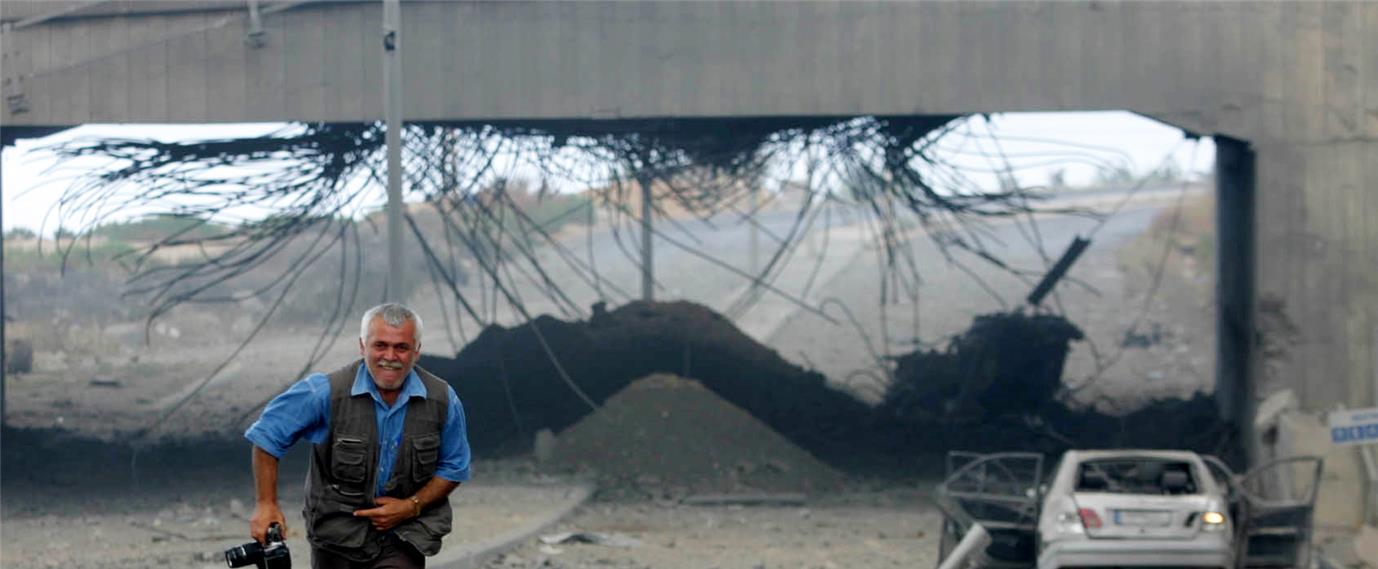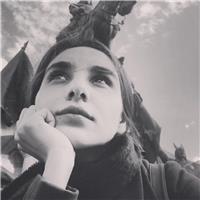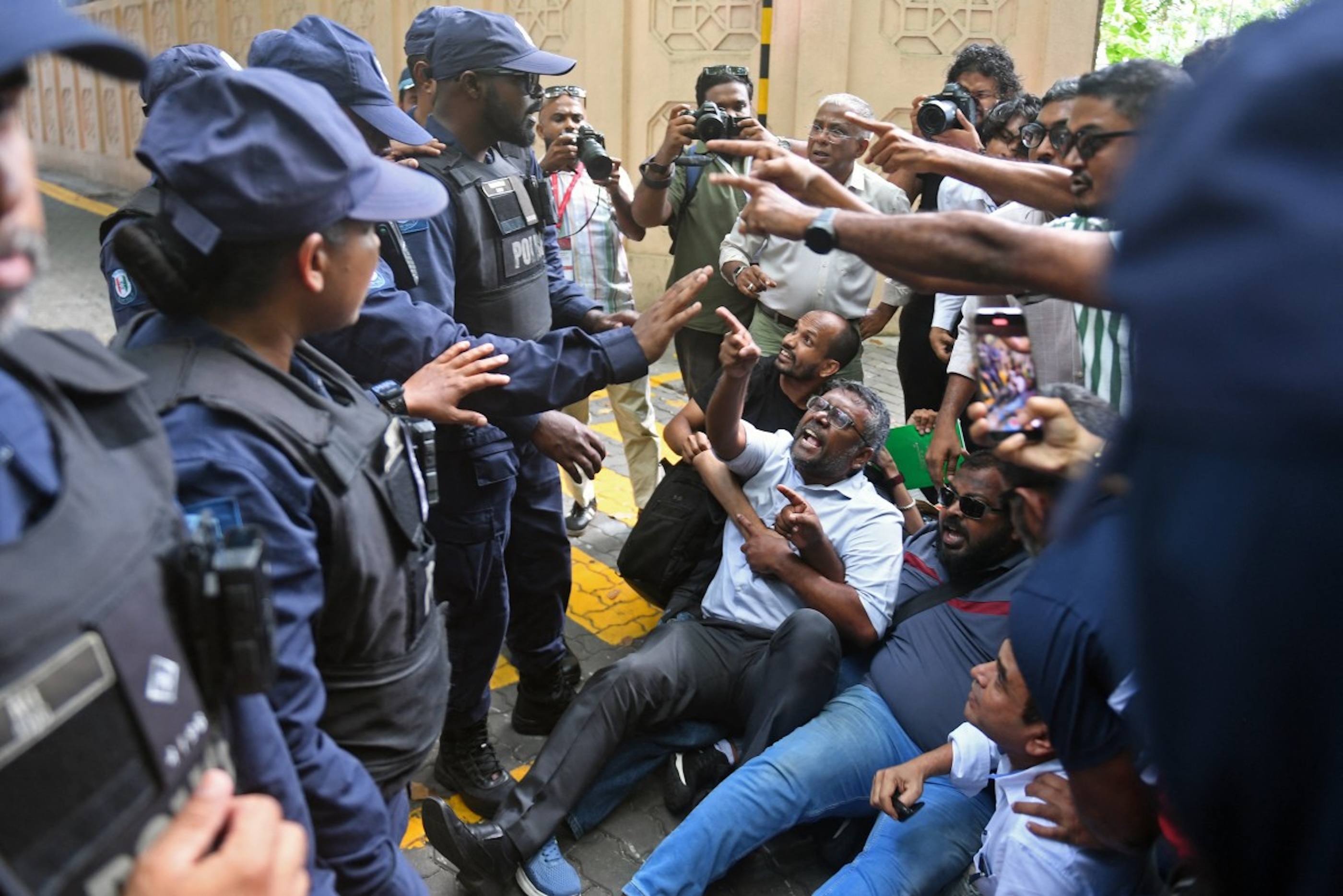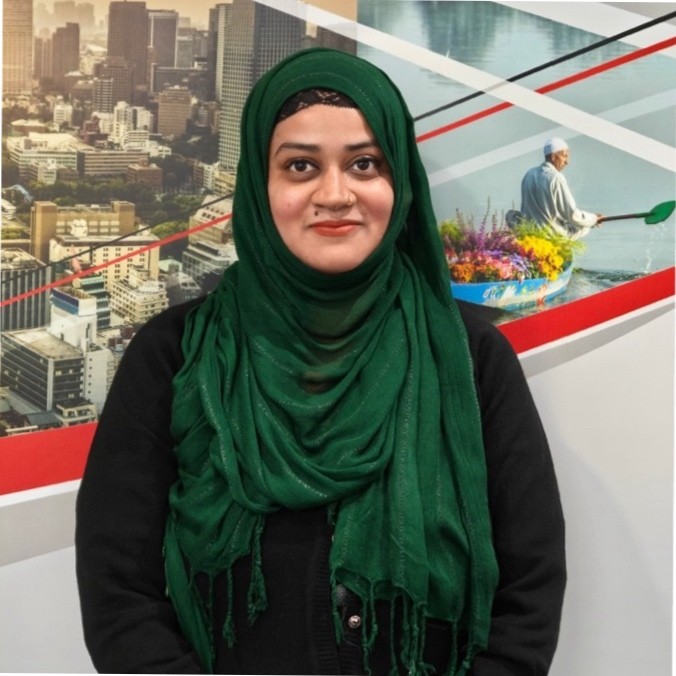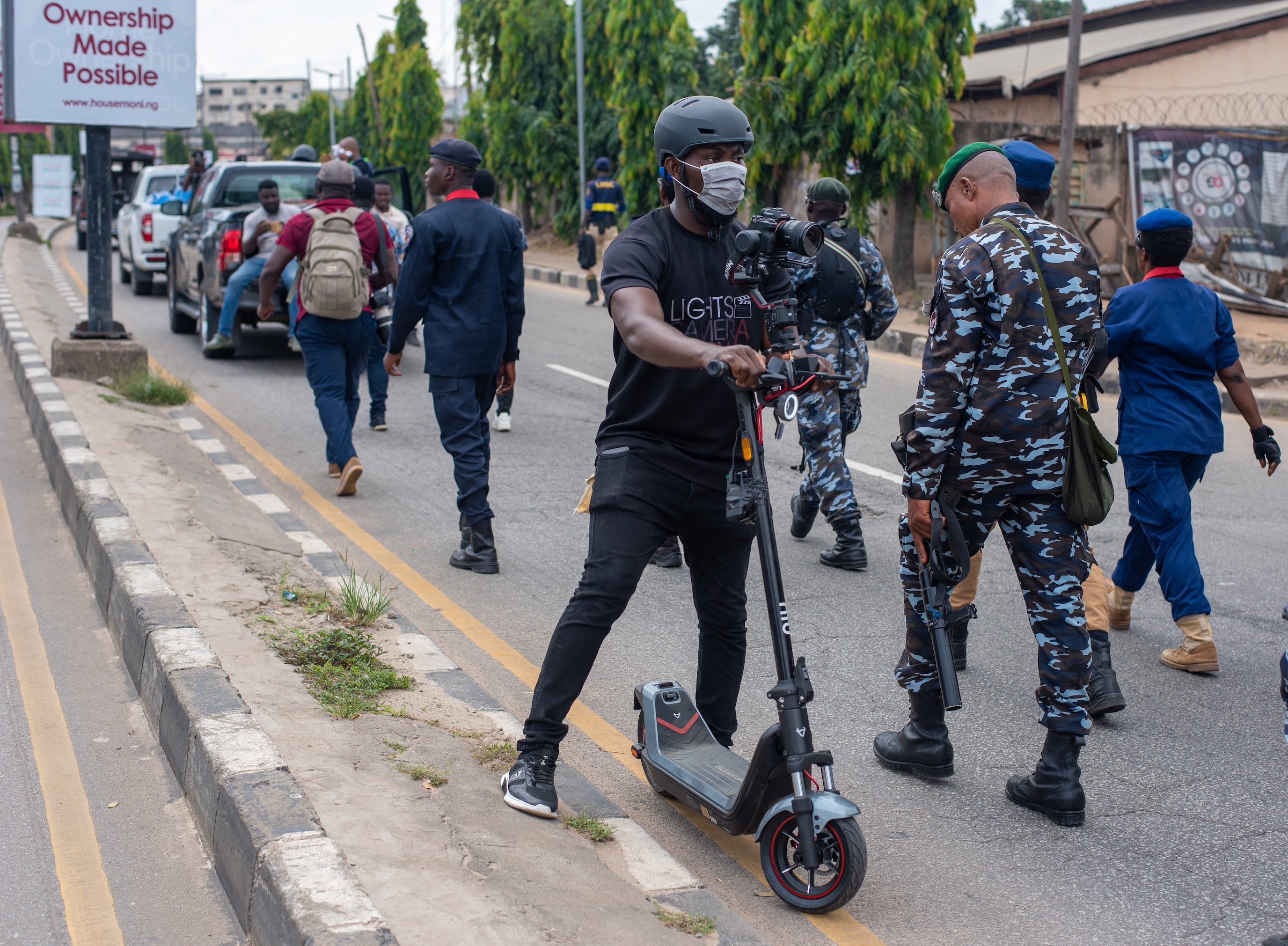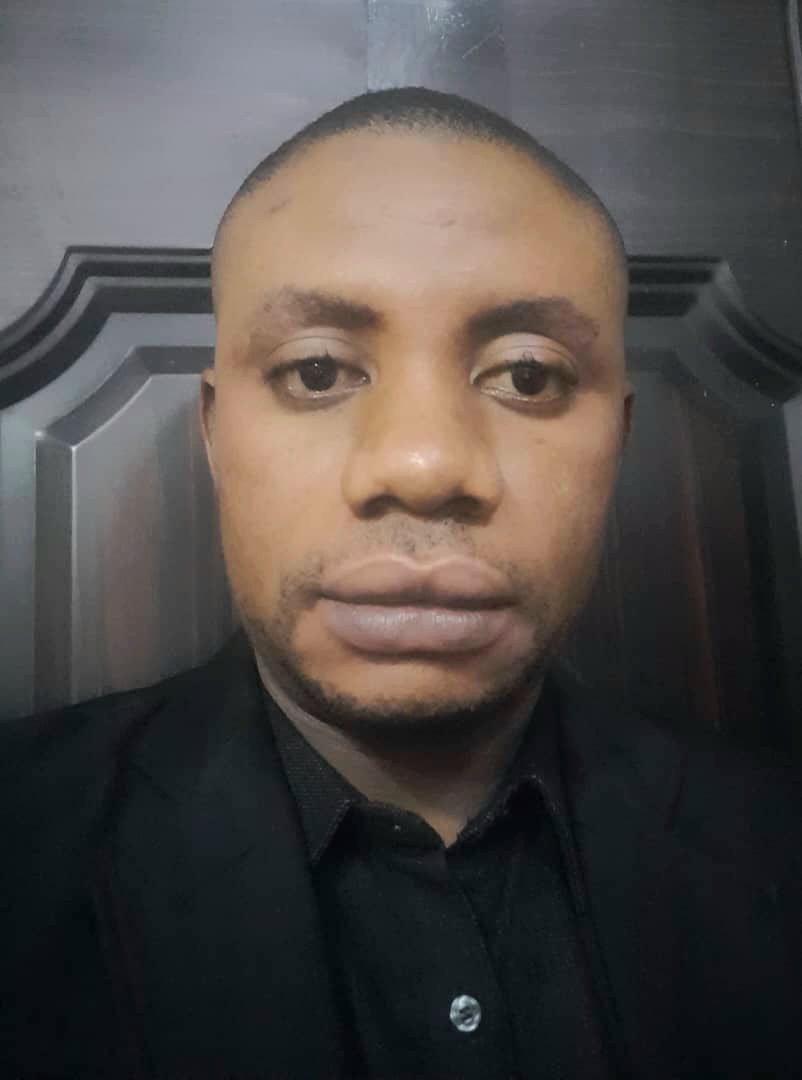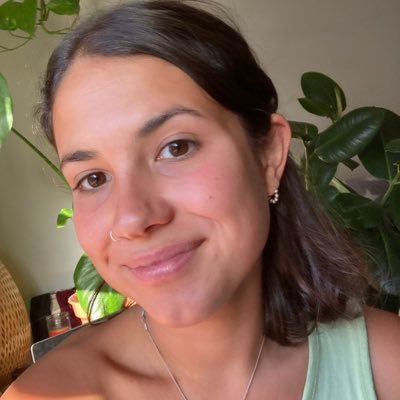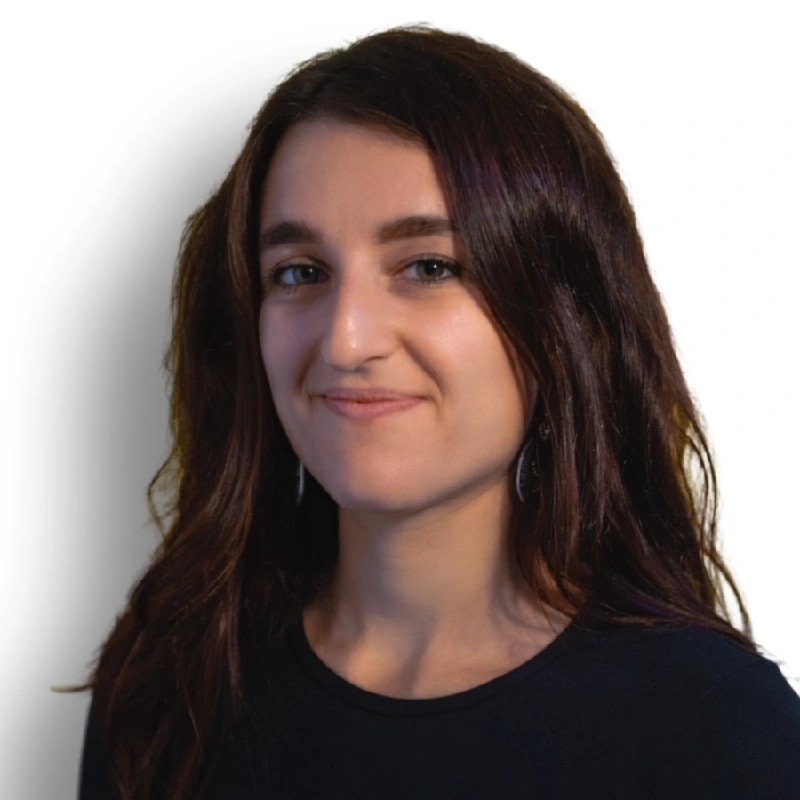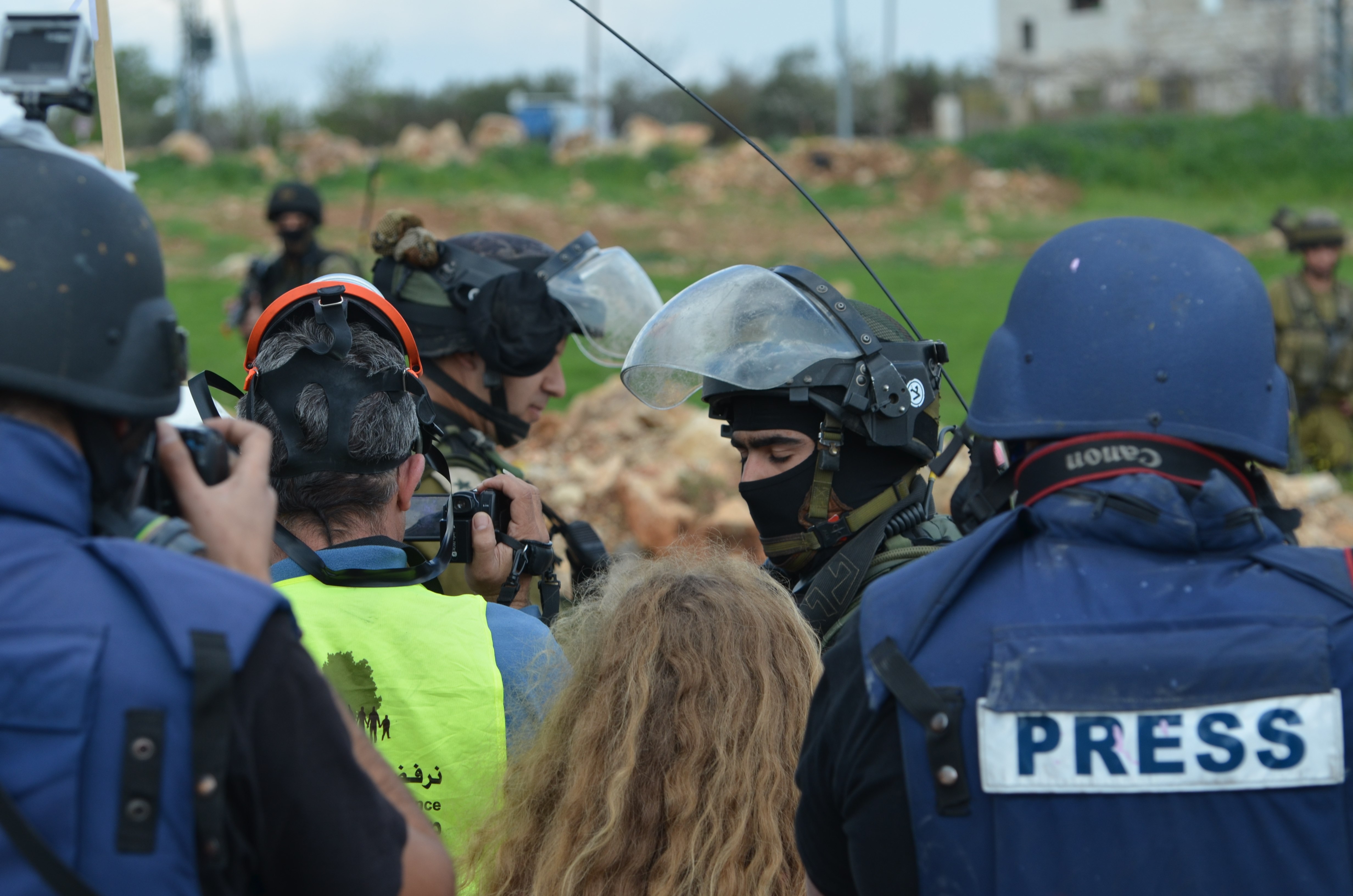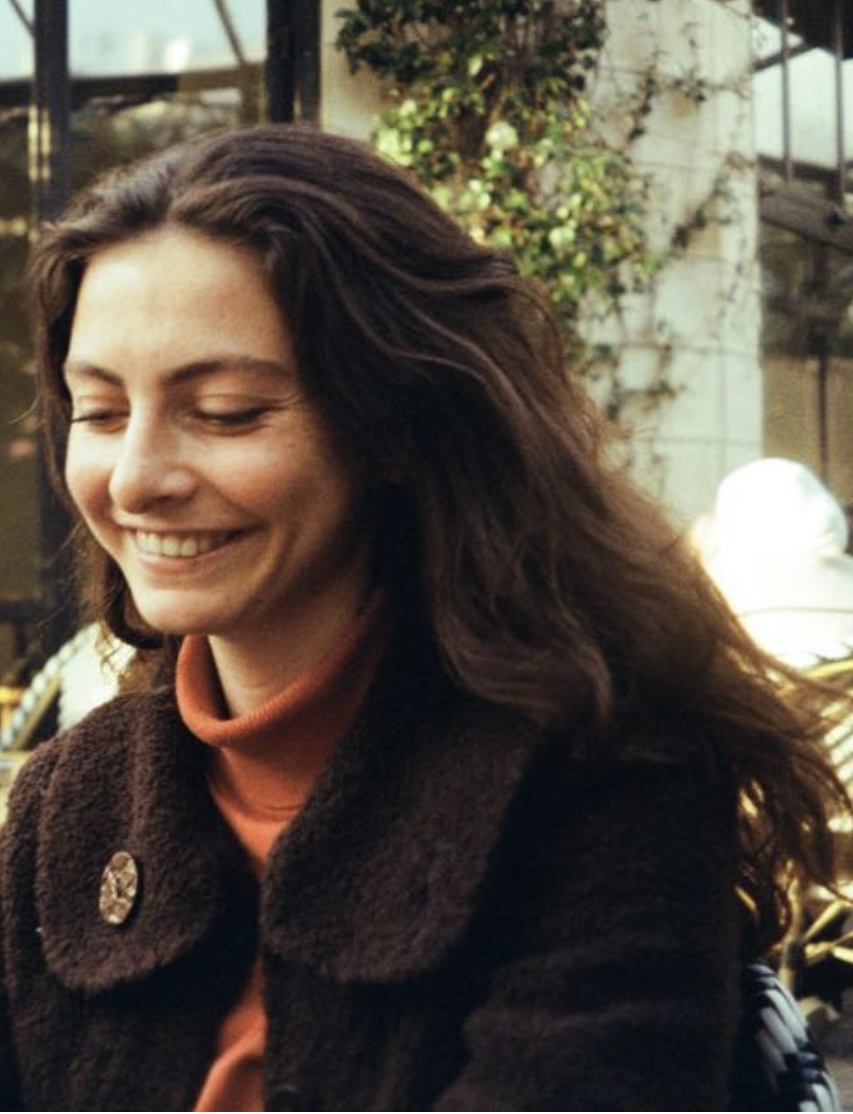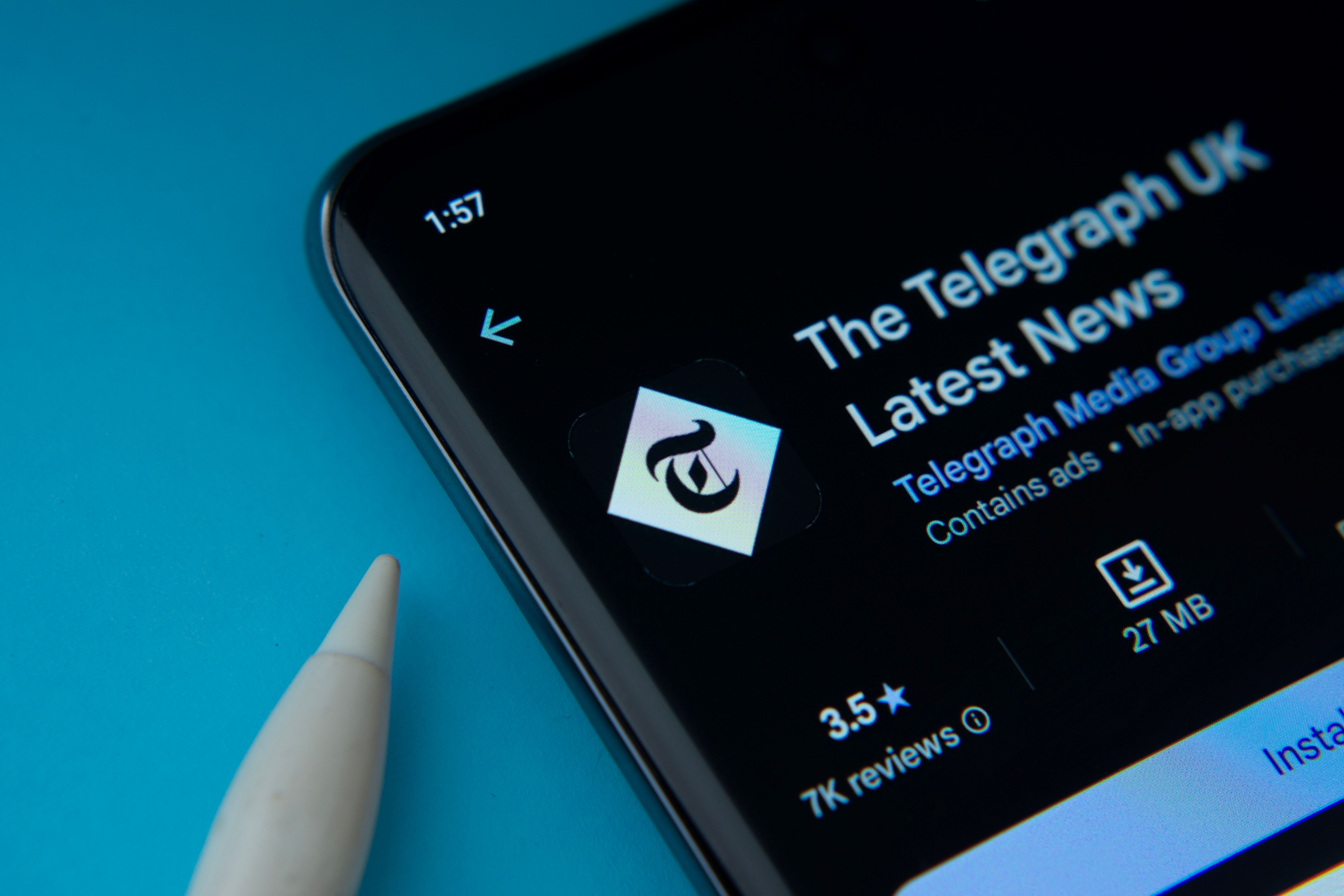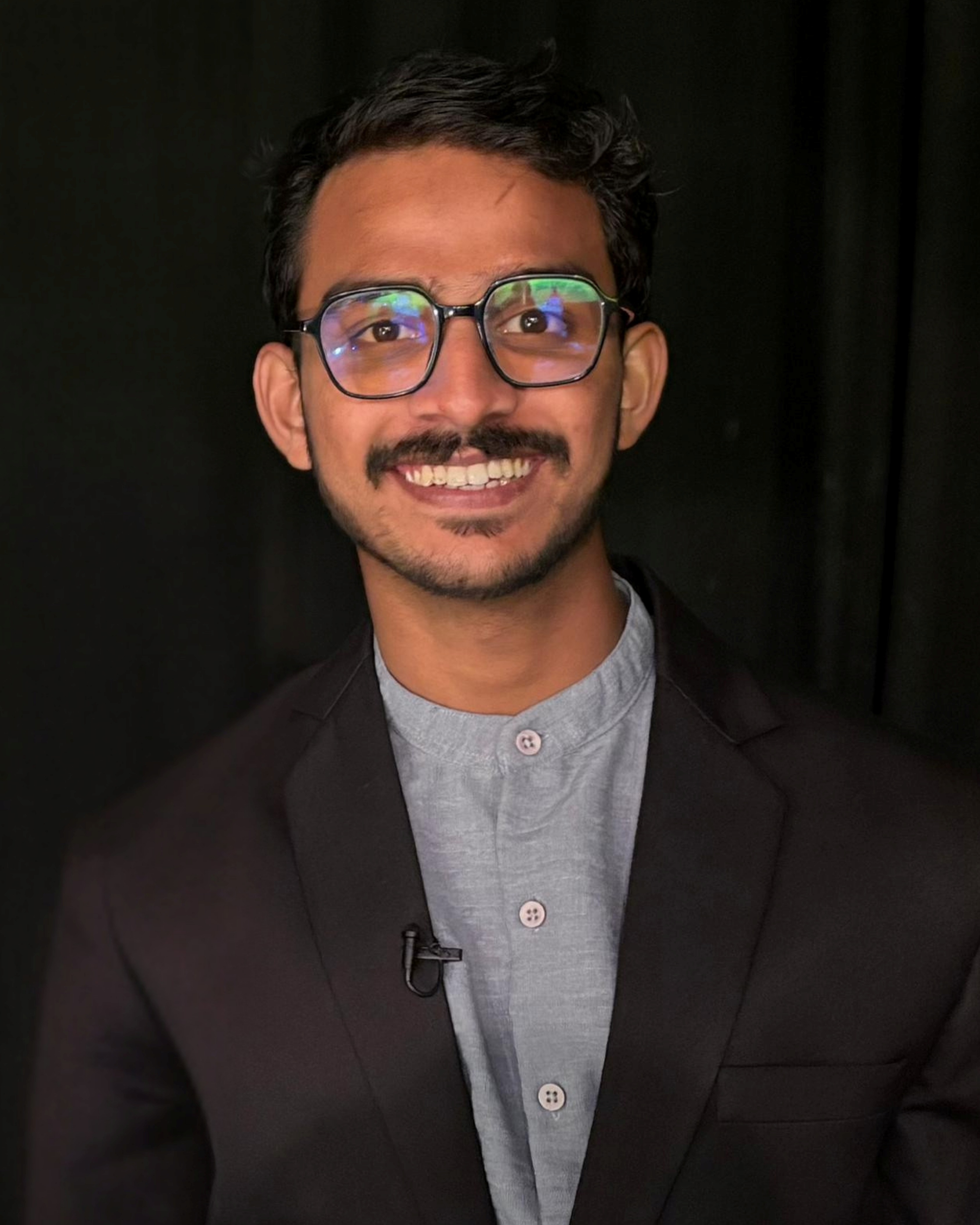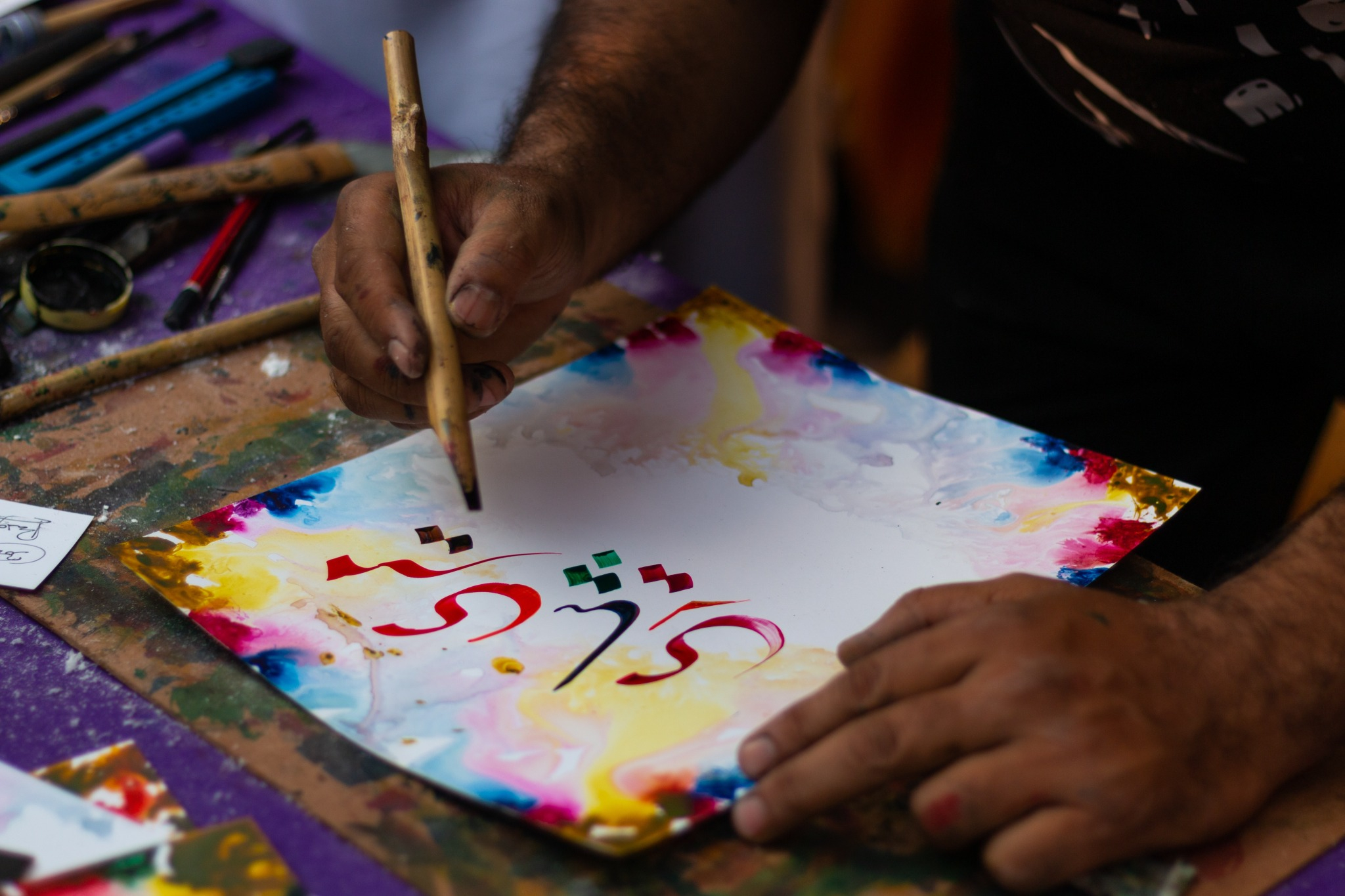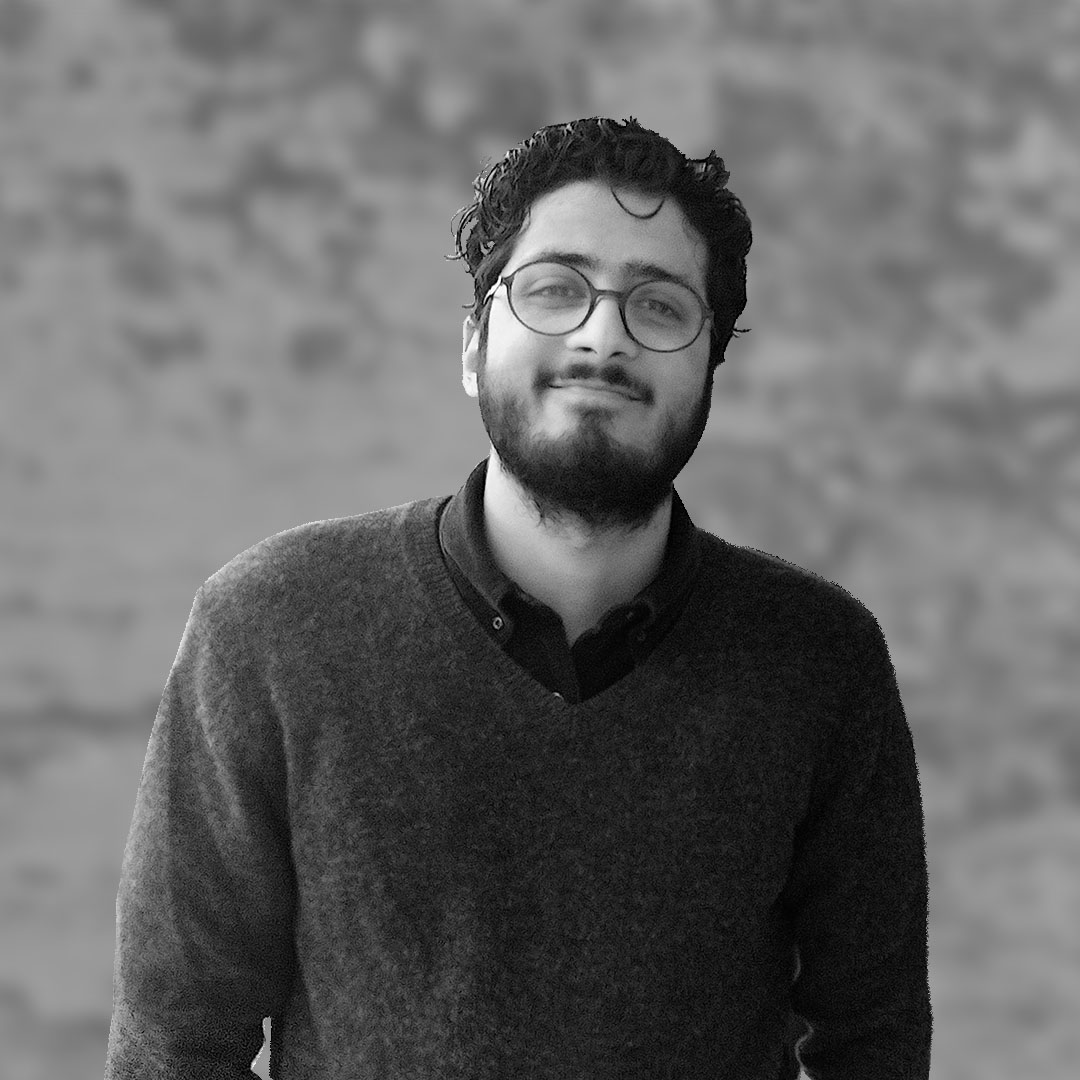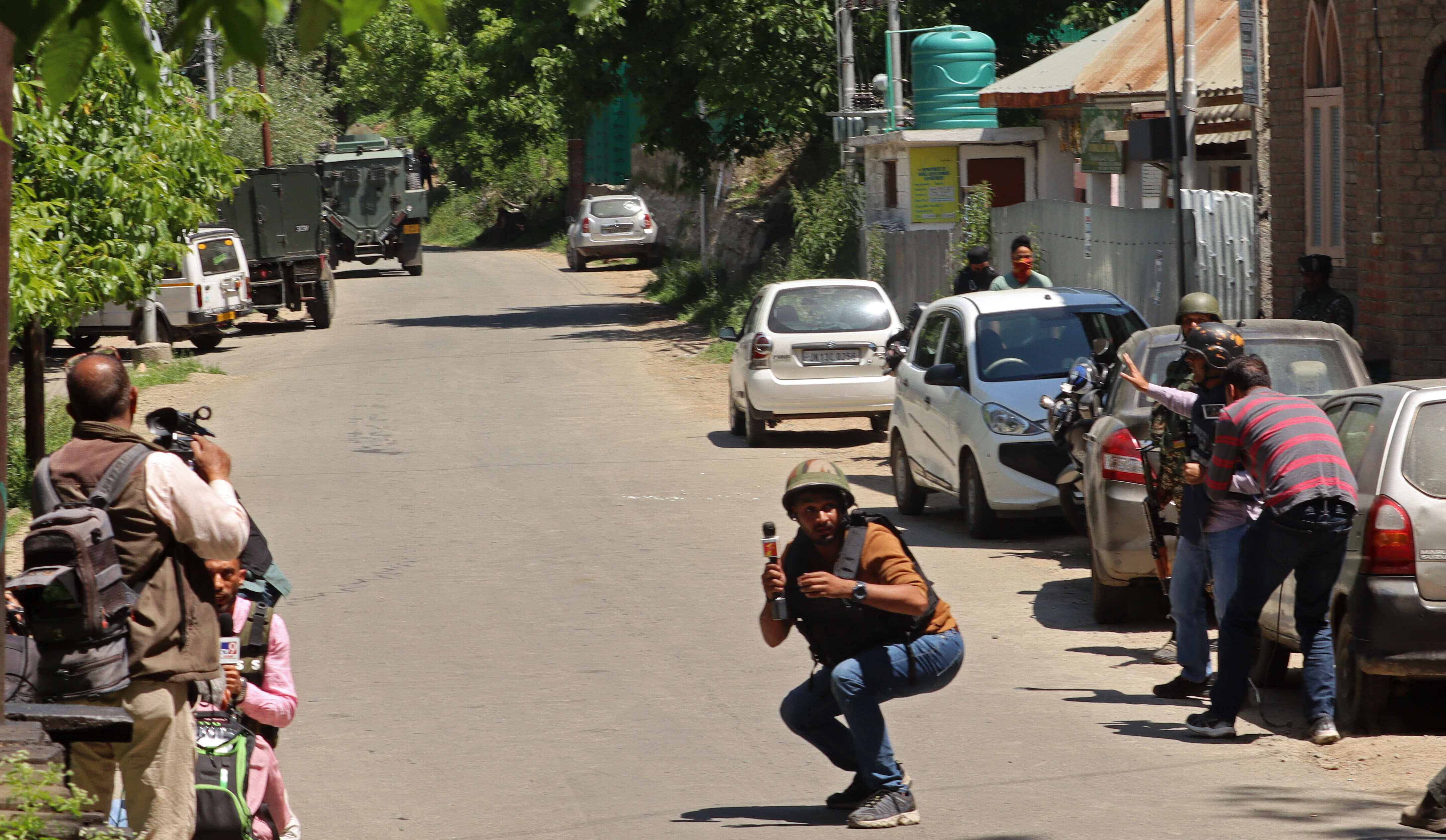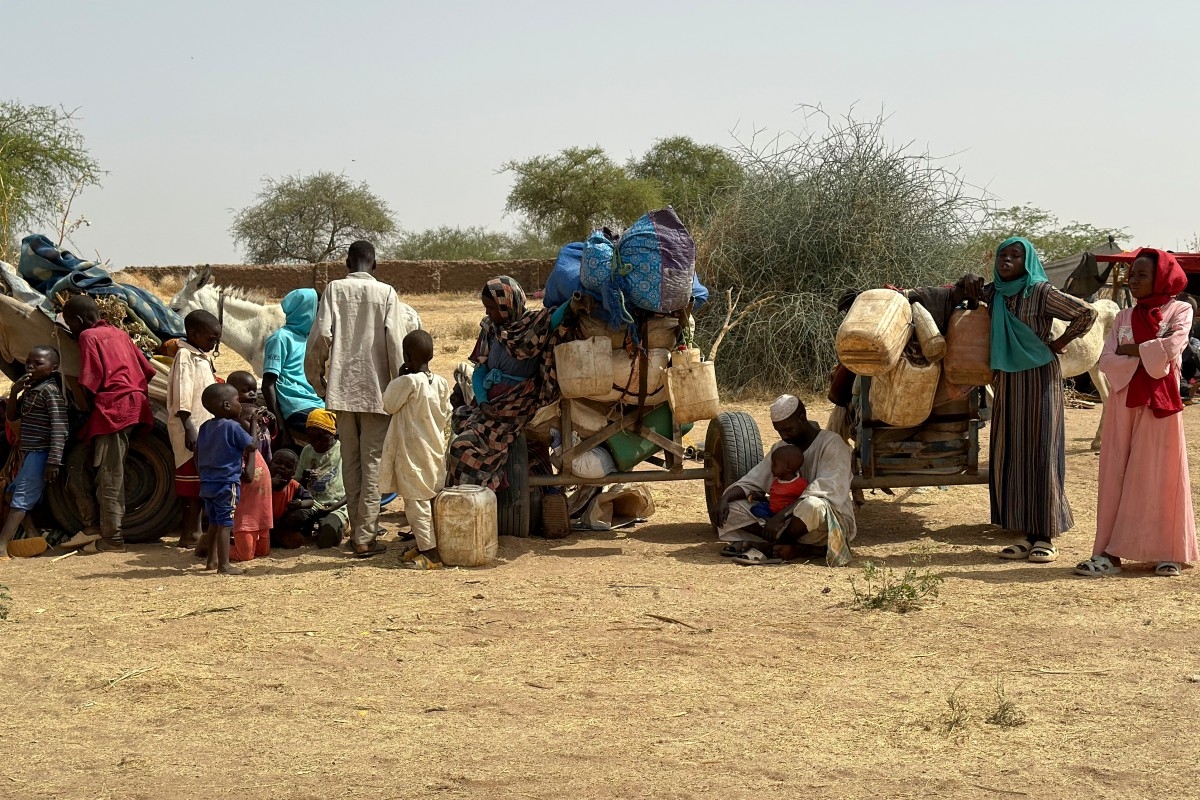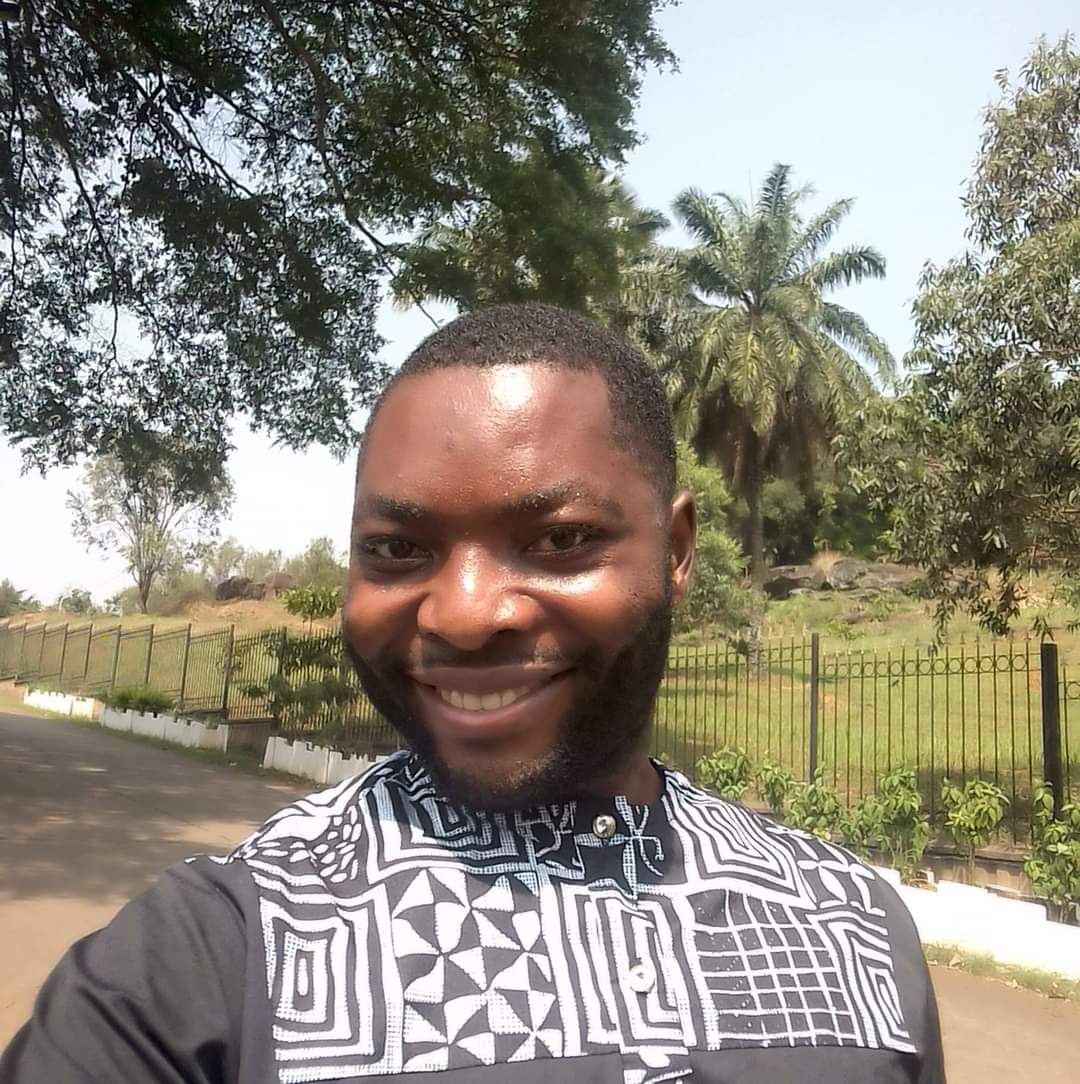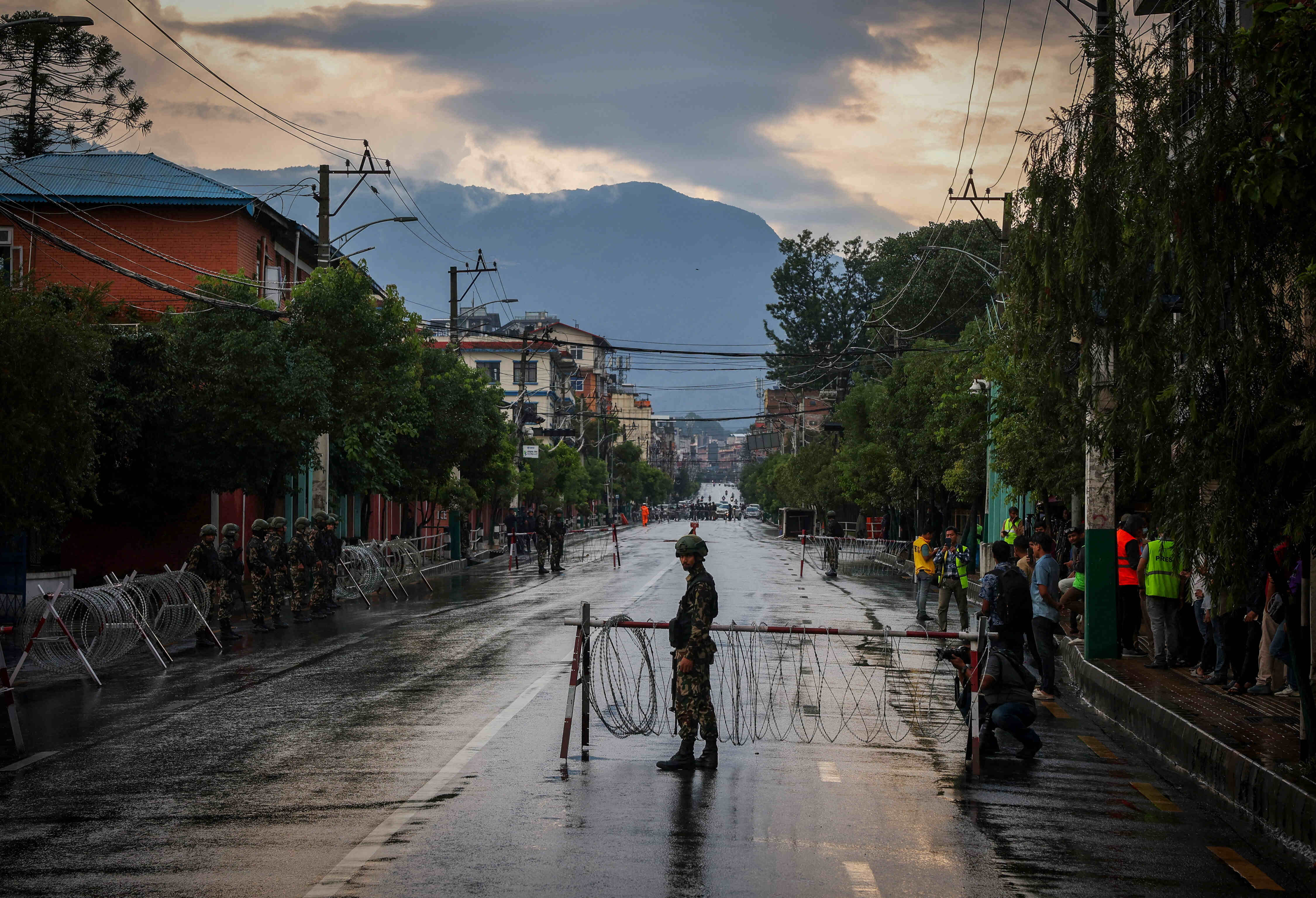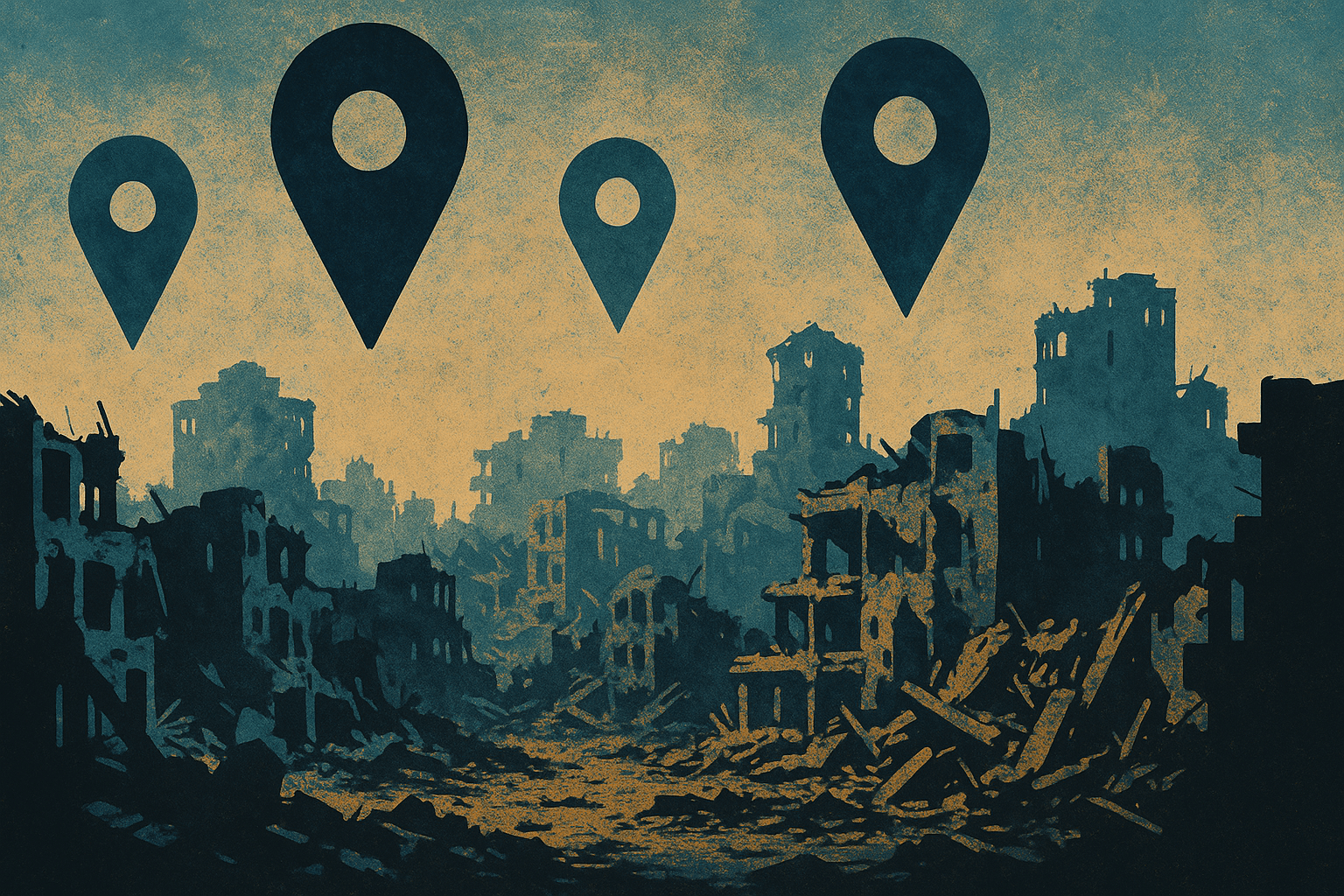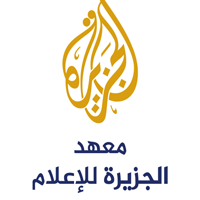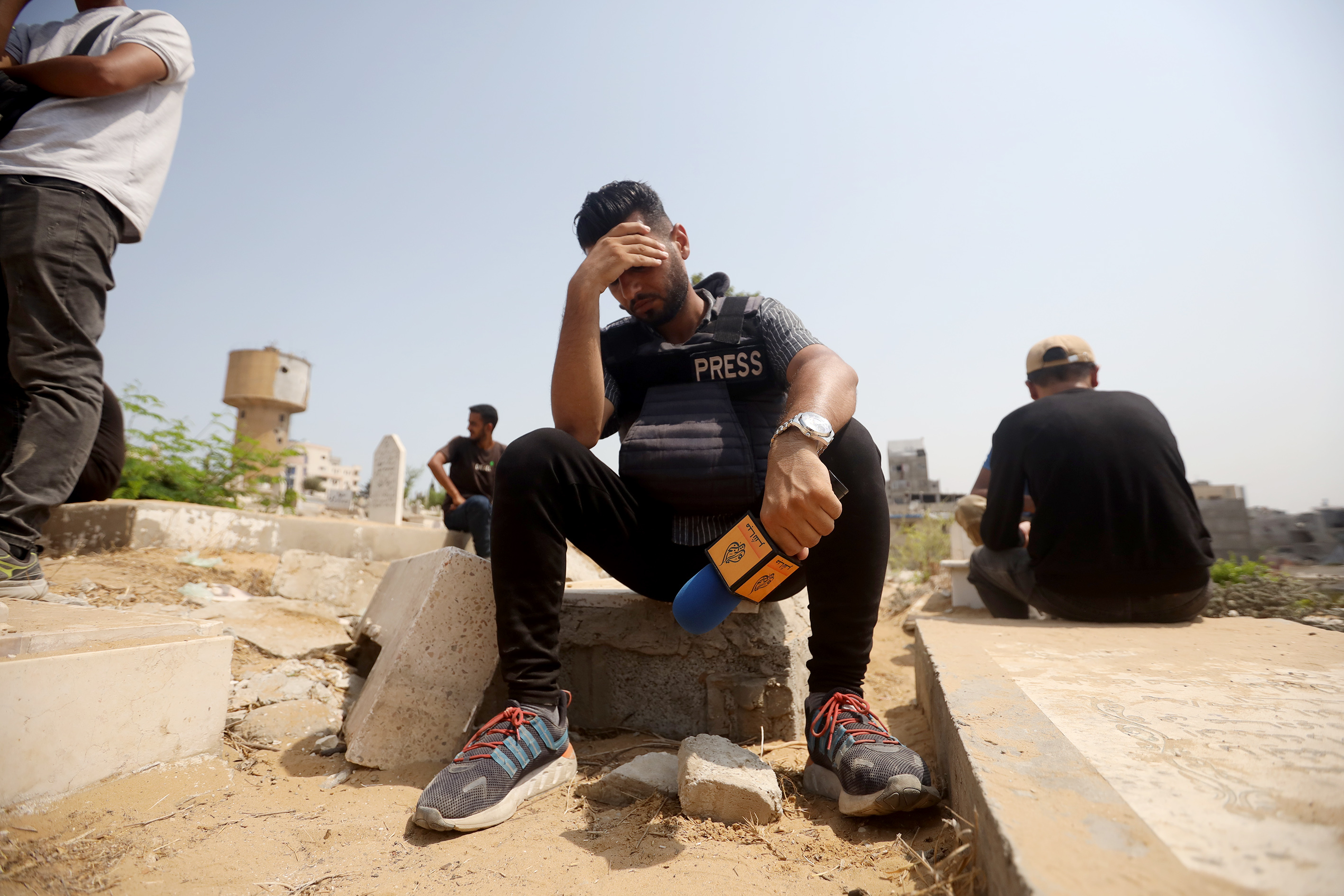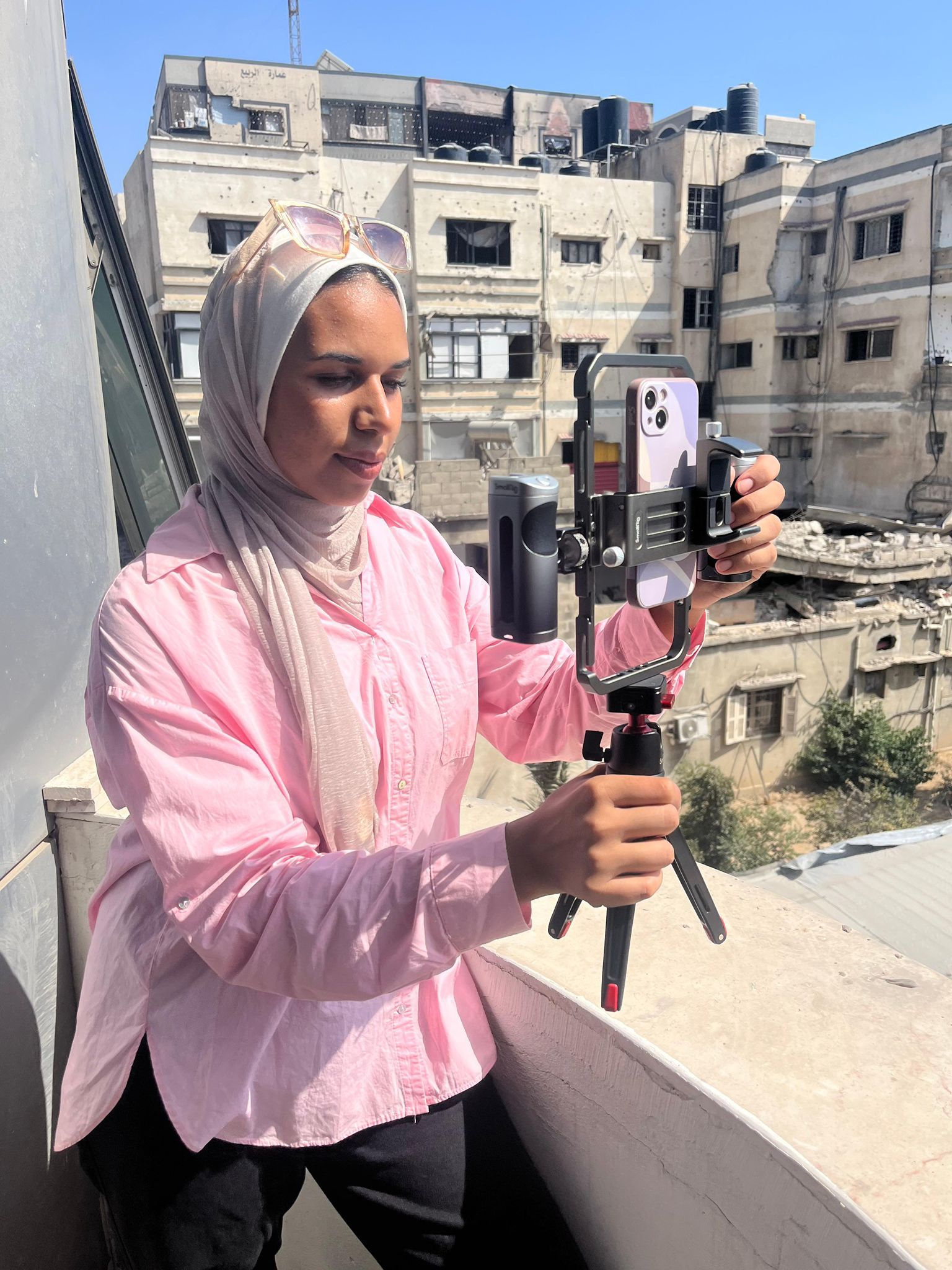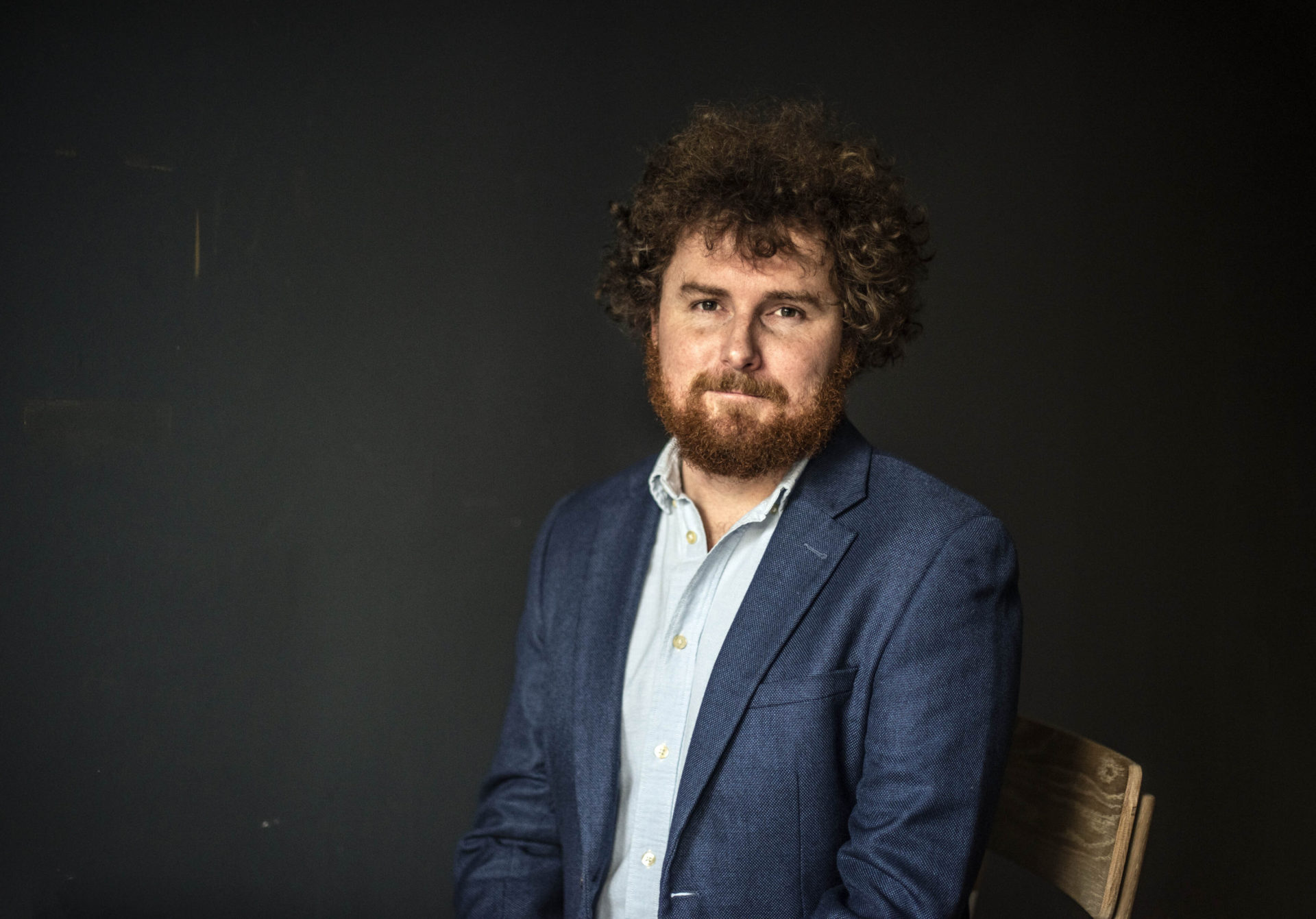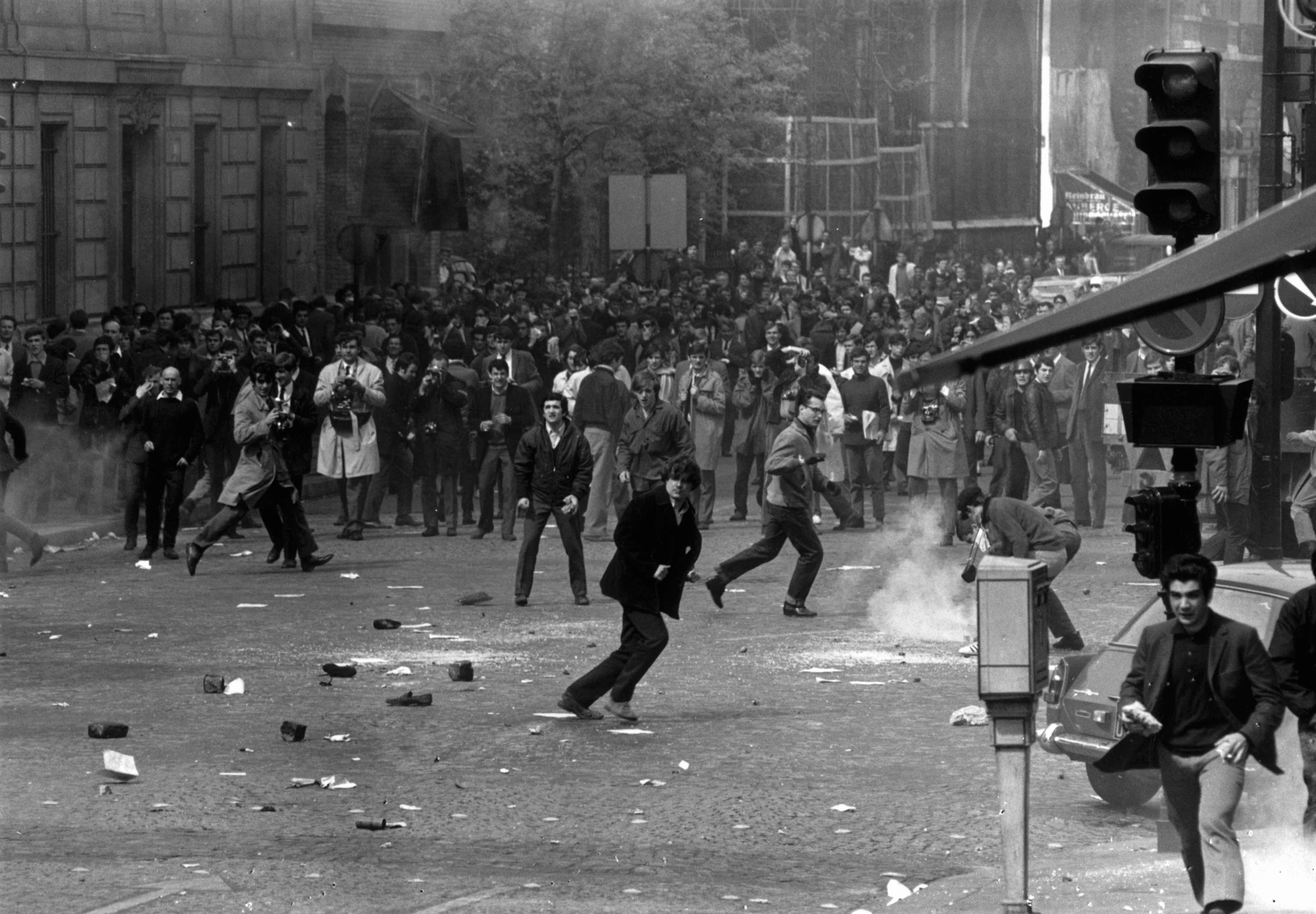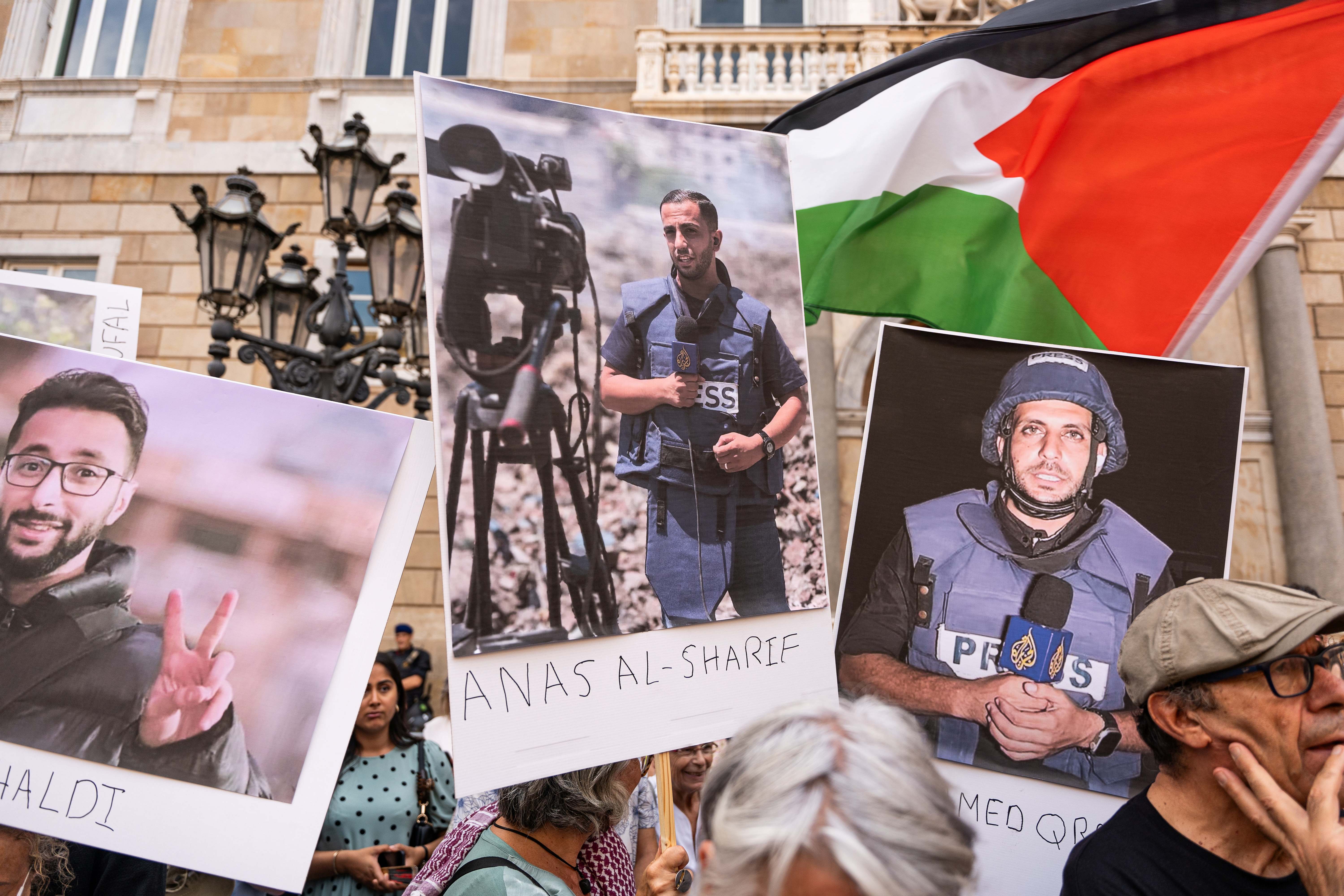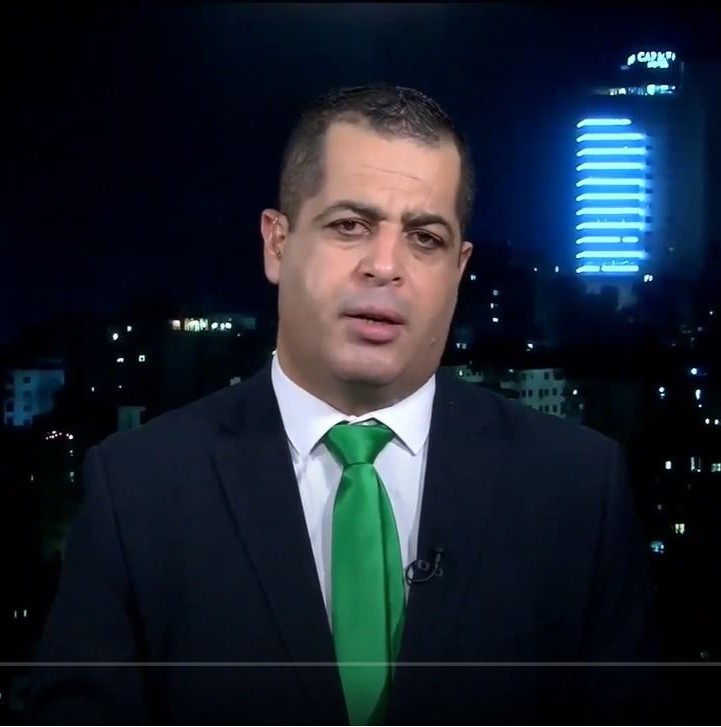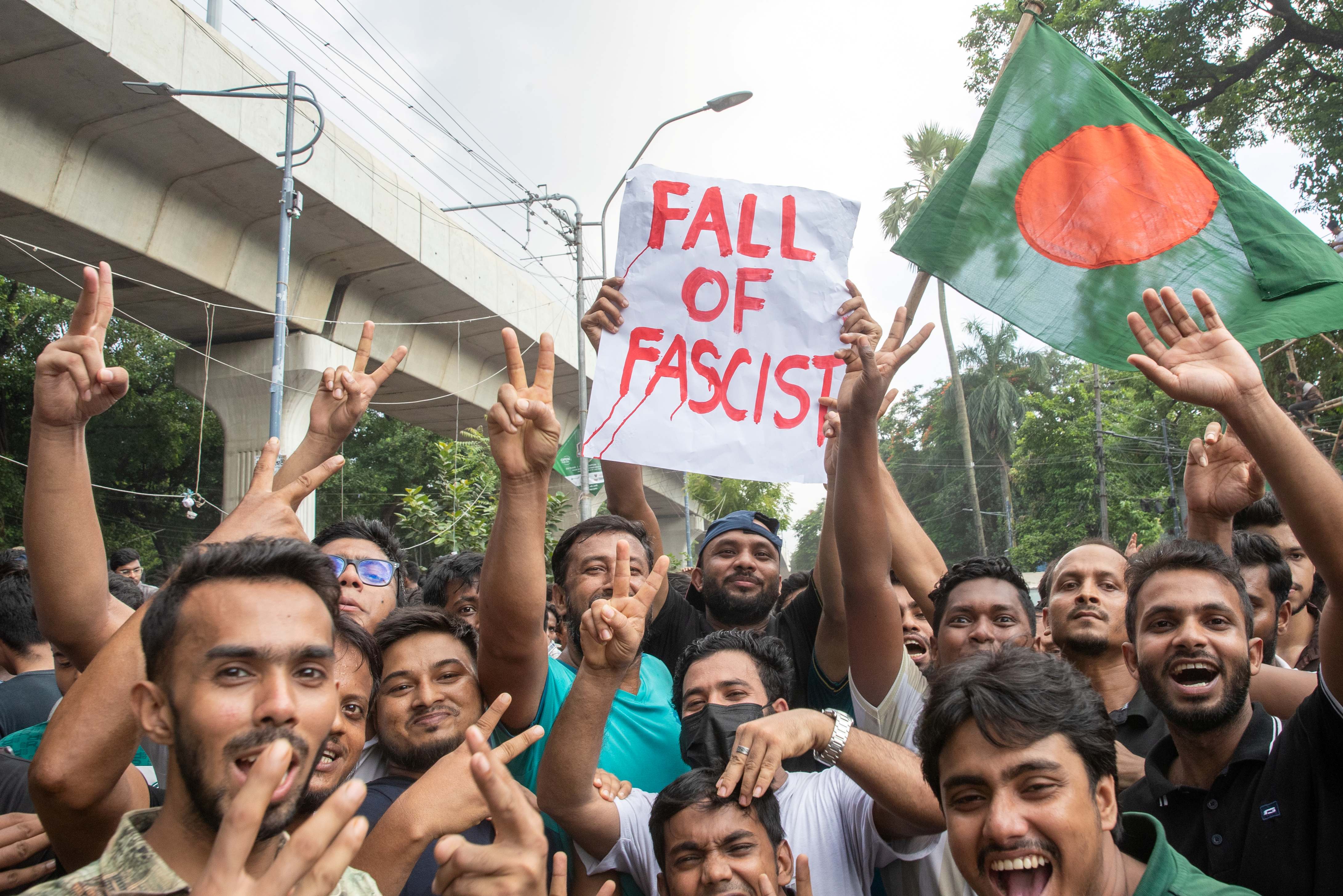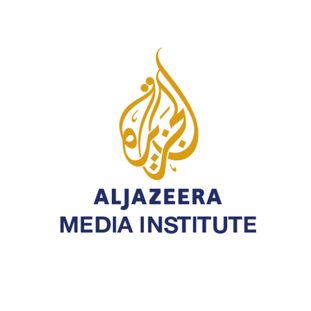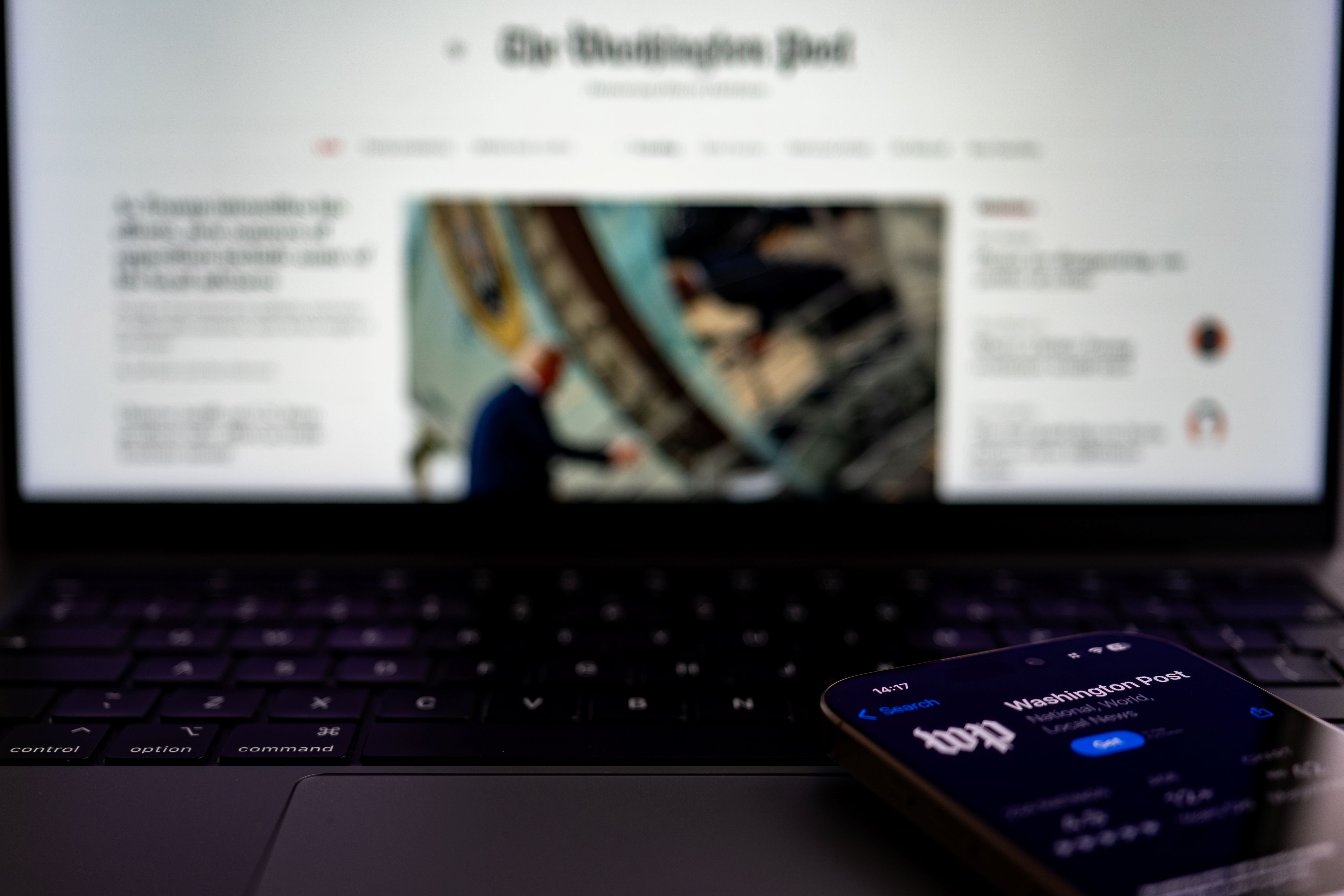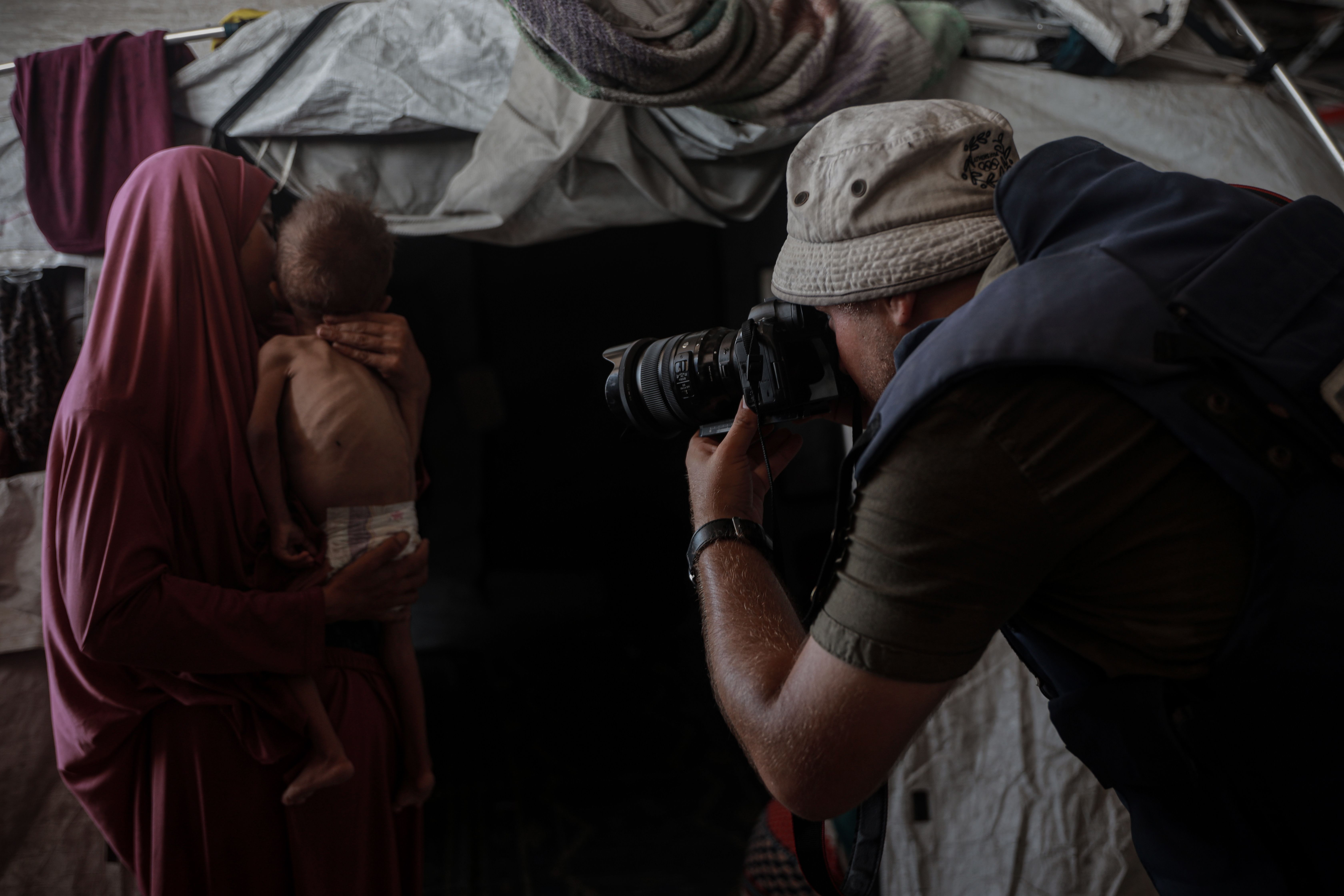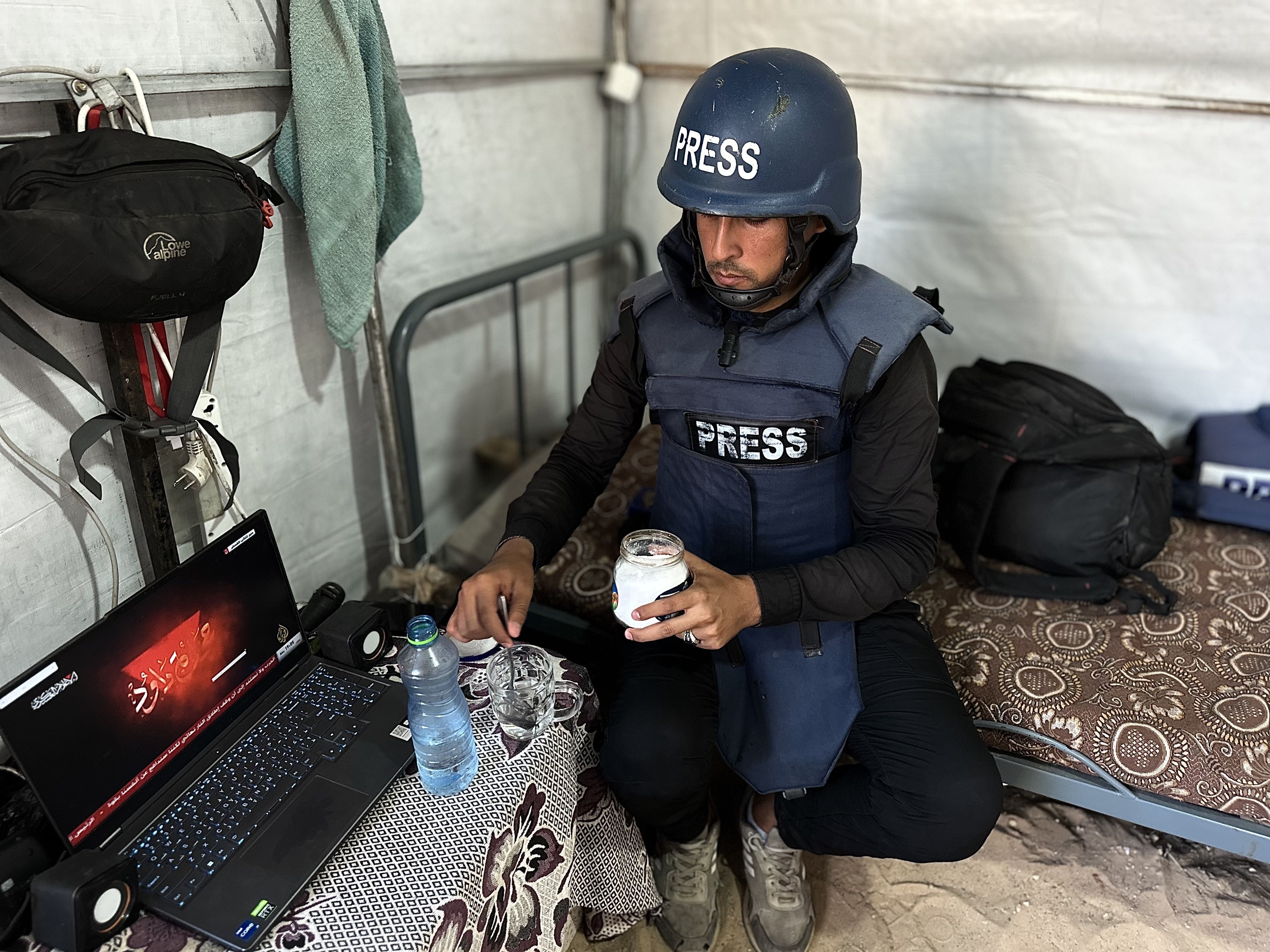أثناء قبوله جائزة "تيد" للعام 2007، عرض مصور الحرب الأميركي جيمس ناشتوي تجربته، وقال إن بعض الأفكار التي دفعته لكي يكون مصوراً وثائقياً هي الحرب الفيتنامية، وكيف أن الصورة غيّرت مجرى التاريخ (1).
لقد شكلت الحرب الفيتنامية تجربة إنسانية مؤلمة، واستطاعت عدسات المصورين أن توثق هذه اللحظات التاريخية التي جسدت ذاكرة تاريخية للأجيال، ناهيك عن الدور المهم والمؤثر الذي قامت به الصور الصحفية في تعبئة الرأي العام الدولي والأميركي ضد حرب فيتنام، ورفع الوعي لدى الشعب الأميركي بعدم جدواها.
سأتوقف قليلاً عند تفاصيل الحرب الفيتنامية التي بدأت في الأول من نوفمبر/تشرين الثاني 1955 وانتهت بسقوط سايغون يوم 30 أبريل/نيسان 1975 والتي سميت بالحرب الهندوسية الثانية، وفي فيتنام يطلق عليها حرب المقاومة ضد أميركا. انقسمت فيتنام حينها إلى قسمين: الشمالي المدعوم من الاتحاد السوفياتي والصين، والجنوبي المدعوم من الولايات المتحدة وكوريا الجنوبية وأستراليا وتايلند.
كانت هناك وجهتا نظر لهذه الحرب، أولهما للجانب الفيتنامي الشمالي الذي ينظر إلى النضال ضد القوات الأميركية التي دعمت الجانب الجنوبي بالجنود والمال والأسلحة، على أنه حرب استعمارية واستمرار للحرب الهندوصينية الأولى التي وقعت بين القوات الفرنسية وفيتنام. أما الجانب المؤيد للحكومة في فيتنام الجنوبية فكان يرى أن الصراع مجرد حرب أهلية أو حرب دفاع ضد الشيوعية.
تدخلت الحكومة الأميركية في الصراع من أجل منع استيلاء الشيوعيين على فيتنام الجنوبية، حيث يعتقد غالبية الأميركيين أن الحرب كانت غير أخلاقية وغير مبررة، فقد خرجت أميركا من هذه الحرب بحصيلة ثقيلة بلغت 58 ألف جندي قتيل و300 ألف جريح، بينما جعلت من فيتنام بلداً مدمراً قتل فيه أكثر من مليوني إنسان -معظمهم من الجزء الشمالي- وثلاثة ملايين جريح و13 مليون مشرد (2) من الشماليين يمثلون نصف عددهم آنذاك، ناهيك عن استخدام الأسلحة المحرمة التي أدت إلى تشويه الإنسان والحياة في فيتنام. وانسحبت الولايات المتحدة من الحرب تاركة شعباً منهكاً منقسماً، وأدخلت فيتنام في محنة أكبر من الحرب.
صور حسمت حرب فيتنام
تبلورت فكرة التصوير الصحفي بعد تطوير كاميرا "Leica" التجارية الصغيرة (35 ملم) عام 1925، مما سمح للصحفي بالمرونة في التقاط الصورة بسبب سهولة نقل آلة التصوير إلى منطقة الحدث وتوثيق ما يجري على أرض الواقع، وهو ما سهّل وصول الأخبار إلى المواطن العادي ومعرفة ما يدور حوله من أحداث في مناطق الحروب والنزاعات التي برزت وتفاقمت أغلبيتها في النصف الثاني من القرن العشرين، وتحديدا في الحرب الأهلية، والحرب العالمية الثانية.
بعد انتهاء الحرب العالمية الثانية، دخل العالم مرحلة جديدة من التطور الصناعي، أدت إلى تطوير آلة الكاميرا، وذلك خلال مرحلة الحرب الباردة التي ظهرت فيها الكثير من الأزمات العالمية من ضمنها الحرب الفيتنامية.
استطاعت كاميرات المصورين أن تكشف زيف الخطابات السياسية في الإعلام، وتنقلنا إلى مكان الحدث عبر الصور التي كانوا يلتقطونها خلال الحرب، بل لعل بعض الصور الصحفية لعبت دوراً مهماً في صياغة بعض الأحداث والمواقف المرتبطة بتلك الحروب، كما هو الحال في الصور التي نشرت في الصحافة الأميركية إبان حرب فيتنام، التي أظهرت بعض فظاعات الحرب وانتهاكات الجنود الأميركيين للحقوق البشرية هناك وأدت بالجيش الأميركي إلى الانسحاب من فيتنام، في هزيمة تاريخية للقوات الأميركية لم تعرف لها مثيلاً. هذا نتيجة لما قامت به الصور الصحفية من تعبئة للرأي العام الأميركي ضد الحرب، والضغط على الحكومة من أجل الانسحاب منها.
"هورست فاس" المصور الحربي الأميركي ورئيس قسم التصوير في وكالة أسوشيتد برس (AP) قسم جنوب آسيا في فترة الحرب الفيتنامية؛ كان من أبرز مصوري الحرب والتقطت عدسته أقوى الصور التي عبرت بشكل قاس عن مدى قذارة هذه الحرب، حيث نشر صوراً مروعة لمدنيين وأطفال فيتناميين فقدوا بيوتهم وأفراد عائلاتهم، وجثث مشوهة لرجال "الفيتونغ"، ولاجئين يحملون ما تبقى لهم من أطفال، وجنود امتهنوا الحرب وآخرين لا يعرفون ماذا يفعلون هنا.
الناظر إلى صور فاس سيرى الذعر والخوف الذي كان يعيشه المواطن المدني الفيتنامي الذي لا ذنب له في ما يحدث بين طرفي الصراع، وسيرى الجندي الأميركي الذي أجبر على القتال من أجل السياسات القذرة، صور في قمة الإثارة والمأساوية، والوجه الحقيقي للحرب بلا رقابة!

"إدي آدامز" المصور والمراسل الأميركي للوكالة نفسها في فيتنام خلال الستينيات، استطاع أن يقلب الرأي العام ويشكل صدمة للجمهور بسبب الصور التاريخية التي التقطها يوم 8 فبراير/شباط 1968 وسط مدينة سايغون سابقاً، والتي يظهر فيها الجنرال الجنوبي "نيغون نوغ" يصوب المسدس على رأس السجين "نجوين فان ليم" الذي كان مقاتلاً في الفيتونغ" التابعة لفيتنام الشمالية، حيث أطلق الجنرال عليه رصاصة في رأسه ليتركه قتيلاً على الأرض.
اقتنص آدمز هذه الفرصة الذهبية وسجل تاريخاً بصمته في أن يصنع لحظة تاريخية بقيت عالقة في أذهان المؤرخين والباحثين، حيث حصدت الصورة على جائزة بوليتزر عام 1969 وقد أصبحت تستخدم في الحملات المناهضة للحرب وسياسة الولايات المتحدة الخارجية؛ إلا أن الصورة تركت أثراً نفسياً على المصور آدمز، حيث قال في خطابه الذي ألقاه عند تسلم الجائزة "أنا قتلت الجنرال في كاميرتي (3) مثل ما قتل الجنرال السجين".
ودانت الصورة وبشكل قاطع ما فعله الجندي للسجين، وهذا ما جعل آدمز يعتذر من عائلة الجندي حيث قيل إن من أعدِم هو زعيم فصيلة الانتقام التي قامت في وقت لاحق من مقتله بعمل مجزرة كبيرة مات فيها عدد لا بأس به من المدنيين العزل، وللأسف لم يتم تصويرها، بل تم تصوير ردة فعل الجنرال على ما فعله السجين، فتعاطف الجميع مع عملية إعدامه بسبب هذه الصورة.
والسؤال الذي يطرح نفسه في هذه المنطقة: إلى أي مدى تدخل عناصر صورة الحرب في حوار حول ماهية هذه الحرب؟
يلتقط المصور صورة أشخاص لموضوعه، يضعهم في موقع الضحية، مع أو من دون موافقة الناس الذي التقط لهم الصور، يتم تدمير الشخص الموجود في الصورة، لتصبح هذه الصورة رمزاً لذاكرة تاريخية! ومن هنا ندرك أن الصورة الواحدة قادرة على تغيير المسار بشكل عكسي، فضغطة زر واحدة أحدثت ضجة في الرأي العام، فمن رأى الصورة تعاطف مع زعيم فصيلة الانتقام وكرهوا الجنرال "نجيين لوان". بالطبع هذا ليس مبرراً، فالطرفان كانا يستحقان العقاب لما فعلاه بالمدنيين العزل، ولكن علينا أن نعي مدى تأثير الصورة، وأن هناك الكثير من الصحفيين اخترقوا أخلاقيات الصورة الصحفية من أجل سبق صحفي!
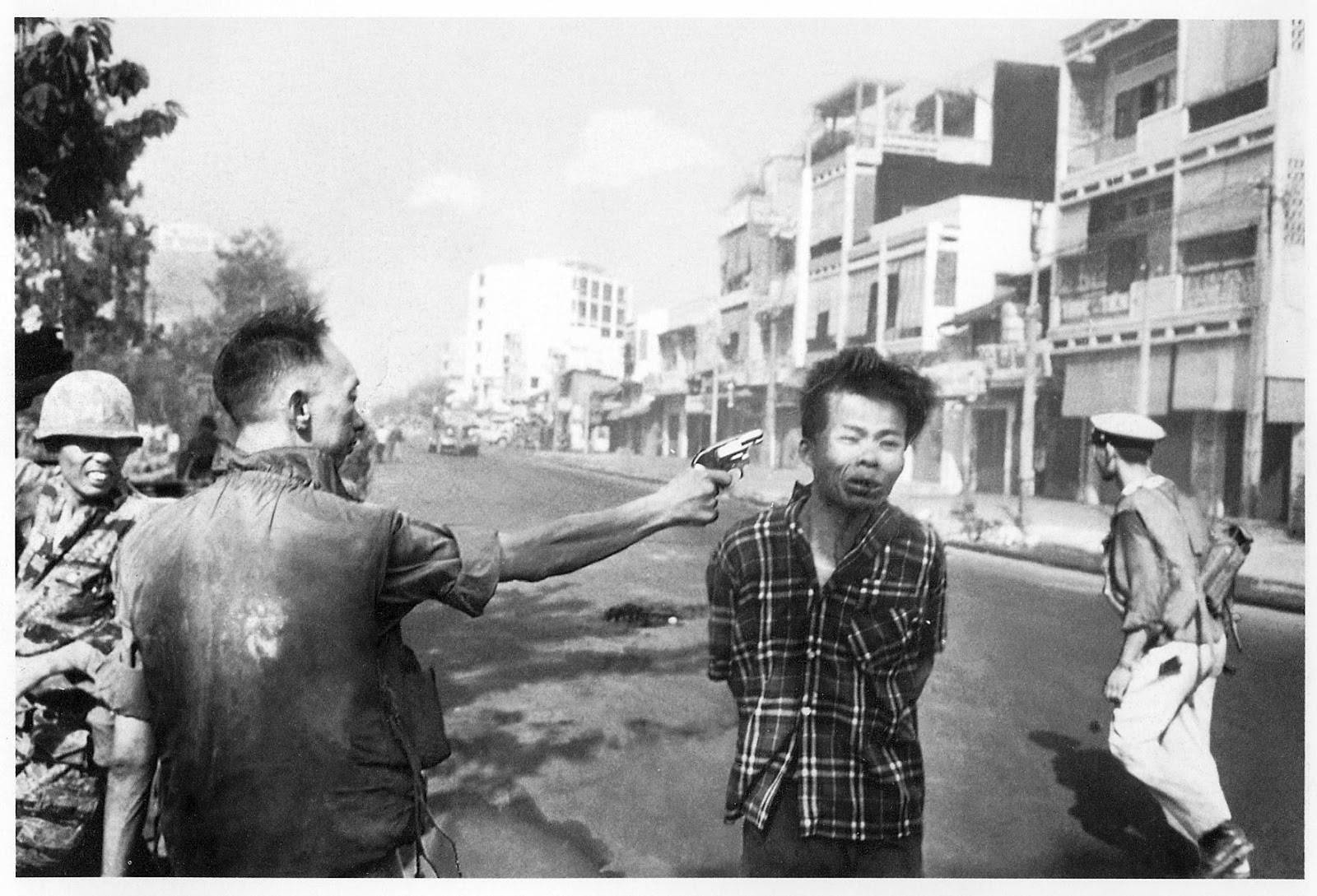
"نيك أوت" المصور الفيتنامي الأميركي، التحق بكادر الصحفيين الذين توجهوا لتغطية حرب فيتنام أواخر الستينيات، وحصد شهرة عالية بعد صورته الشهيرة التي أطلق عليها "فتاة النابالم" يوم 8 يونيو/حزيران 1972. الصورة للطفلة "فان ثي كيم فوك" وهي تهرب عارية أثناء إلقاء قنابل النابالم على قريتها من قبل الطائرات الفيتنامية الجنوبية خلال الحرب.
هذه الصورة بقيت رمزاً لوحشية الحرب الفيتنامية، وعنها فاز بجائزة بوليتزر لعام 1973من أجل التصوير الإخباري، وصورة الصحافة العالمية للعام نفسه عن "رعب الحرب" التي تصور الأطفال في رحلة من قصف النابالم!
وكان المصور"هورست فاس" الذي سبق الحديث عنه، وراء قرار نشر هذه الصورة، وحينها اعترض على بعض زملائه واعتبروا أن الصورة لا ينبغي أن تنشر عبر خدمات "أسوشيتد برس" لأن الطفلة عارية (4)، وهذا انتهاك لأخلاقيات الصورة الصحفية. غير أن فاس اعتبر أن بعض التجاوزات ضرورة حتمية في العمل الصحفي، خاصة عندما يتعلق الأمر برصد معاناة ومشاعر الضحايا في الحروب!
"مالكوم بروان" المصور والصحفي الأميركي الذي كان يعمل أيضاً في "أسوشيتد برس"، وأثناء تغطية جزء من الحرب الفيتنامية، وتحديدا في 11 يونيو/حزيران 1963 التقط صورة تاريخية للراهب البوذي الفيتنامي "ثيش كوانغ" الذي جلس عند تقاطع شارع مزدحم في سايغون وأحرق نفسه احتجاجا على اضطهاد الحكومة البوذية من قبل الحكومة الفيتنامية الجنوبية.
ربما لا دخل لهذه الصورة في الحرب الفيتنامية بشكل مباشر، إلا أنها تعتبر في سياقها، فقد انتشرت الصورة وأثارت ضجة، مما أدى إلى ضغوطات دولية على رئيس جمهورية فيتنام "دينغ ديم" فقرر عمل إصلاحات تجاه البوذيين.

تعتبر الصورة الصحفية تسجيلاً حياً وواقعياً وتاريخياً للحروب، فما يسجل يبقى خالداً ورمزاً كهذه النماذج، ومع ذلك، فإنني أتمنى أن تنتهي الحروب التي ما زالت تسفك في دماء الناس الأبرياء في كل العالم لمصالح وأطماع سياسية، لا نريد أن نصنع تاريخاً من خلال صور وضحايا الناس، بل نريد تاريخاً بلا دماء!
المراجع:
